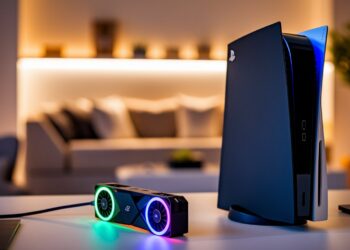Is your gaming rig struggling to keep up with today’s graphics-intensive titles? Many gamers continue using outdated systems, not realizing how much their experience suffers.
You might miss the warning signs that your trusty PC needs attention. In this guide, we’ll examine five clear indicators that your gaming computer requires an upgrade.
From stuttering gameplay to system crashes, these signals often go unnoticed until they seriously impact your gaming sessions.
We’ll also break down which components typically need updating first and how to make smart, budget-friendly choices.
Ready to boost your gaming experience? Let’s look at when and how to refresh your gaming setup.
Why Your Gaming PC Matters More Than Ever?
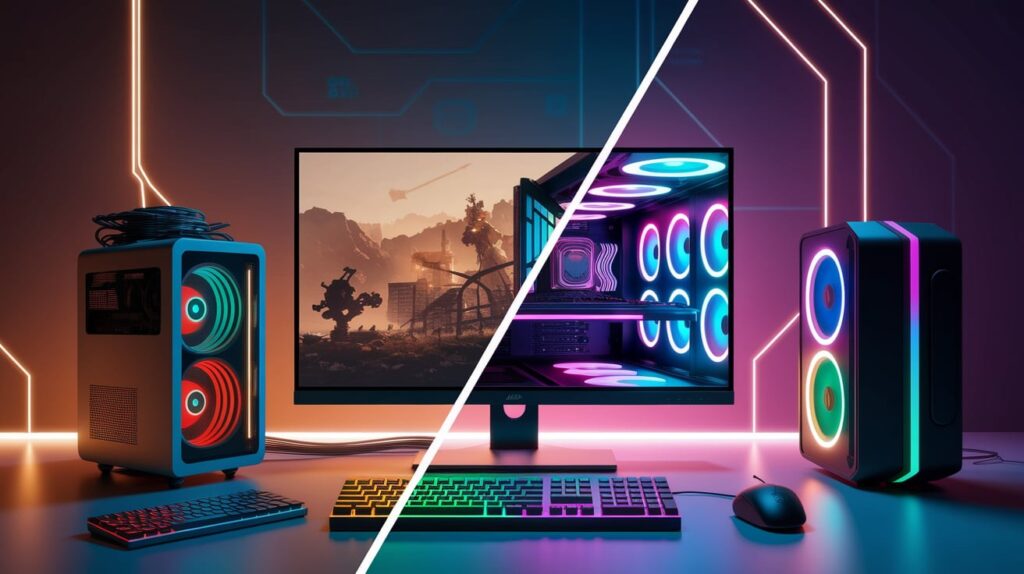
Today’s games push hardware limits like never before, with complex physics engines, massive open worlds, and photorealistic graphics demanding serious computing power.
A capable gaming PC isn’t just about making games look pretty, it’s essential for running them properly at all.
For competitive gamers, system performance directly affects success.
Higher frame rates and faster response times give you a significant edge in split-second decision making. Even milliseconds can determine victory or defeat in fast-paced titles.
Beyond competition, your hardware shapes your entire gaming experience.
Stunning visuals, smooth animations, and quick loading times create total engagement with virtual worlds.
Technical limitations break this connection, pulling you out of the experience with constant reminders of your system’s shortcomings. Simply put: better hardware means better gaming.
What Does “Upgrading” Really Mean?
Upgrading your gaming PC typically focuses on replacing key components rather than buying an entirely new system.
Gamers most commonly update their graphics card (GPU) for better visuals and frame rates, add more RAM to handle multiple tasks, switch to SSD storage for faster loading, or install a stronger CPU to process complex game mechanics.
Many also improve cooling systems as newer components often generate more heat.
|
Upgrading |
Rebuilding |
|
Replace specific parts |
Create a new system from scratch |
|
Keep the existing case/some components |
All new components |
|
Lower cost |
Higher cost |
|
Targeted performance gains |
Complete system overhaul |
|
Works with budget constraints |
Maximum performance potential |
When planning upgrades, consider how components work together; a high-end GPU might be limited by an older CPU.
Also, think about physical fit within your case, power supply requirements, and how changes will impact the look of your setup if that matters to you.
Noticeable Drops in Gaming Performance
1. Poor Game Performance
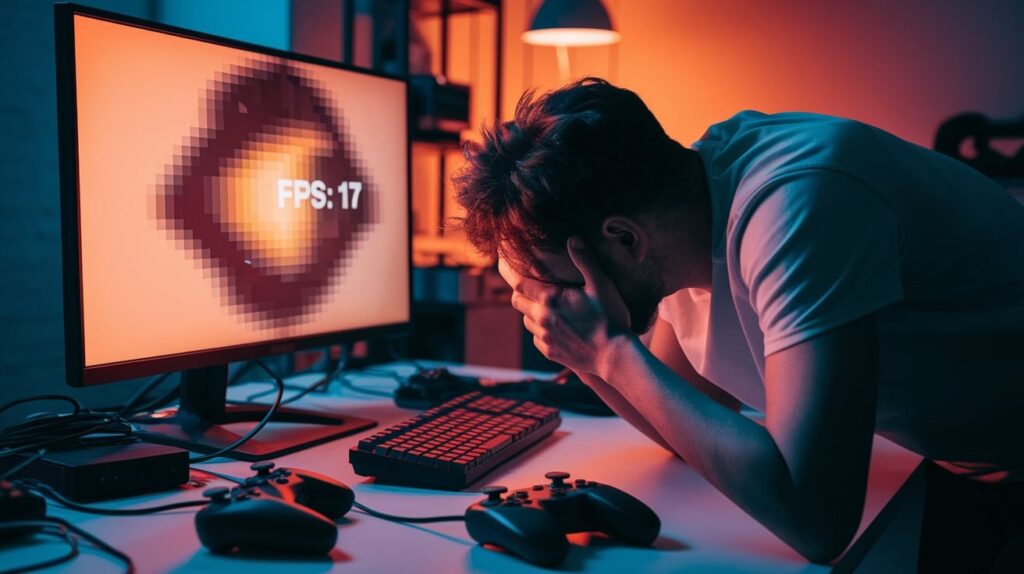
When games stutter during crucial moments, it’s not just frustrating, it’s a clear warning sign. Frame rates dropping below 30 FPS make gameplay choppy and unresponsive.
If you’ve already lowered all graphics settings and still experience lag, your hardware is struggling.
Many newer titles might run poorly or refuse to launch at all, displaying minimum spec requirements your system can’t meet.
2. Outdated Hardware Specs
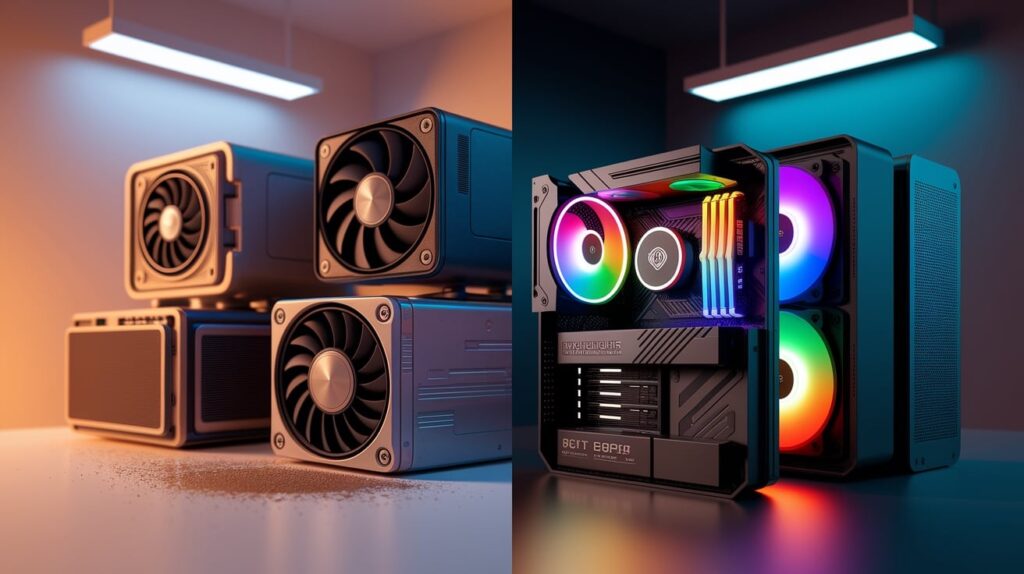
Your CPU or GPU might be creating bottlenecks where one component limits the other’s performance.
Modern games often require 16GB of RAM minimum for smooth operation, with background processes consuming additional memory.
Traditional hard drives (HDDs) cause noticeably longer load times compared to solid-state drives (SSDs), which can load games up to ten times faster and reduce texture pop-in during gameplay.
3. Overheating and Noise Issues
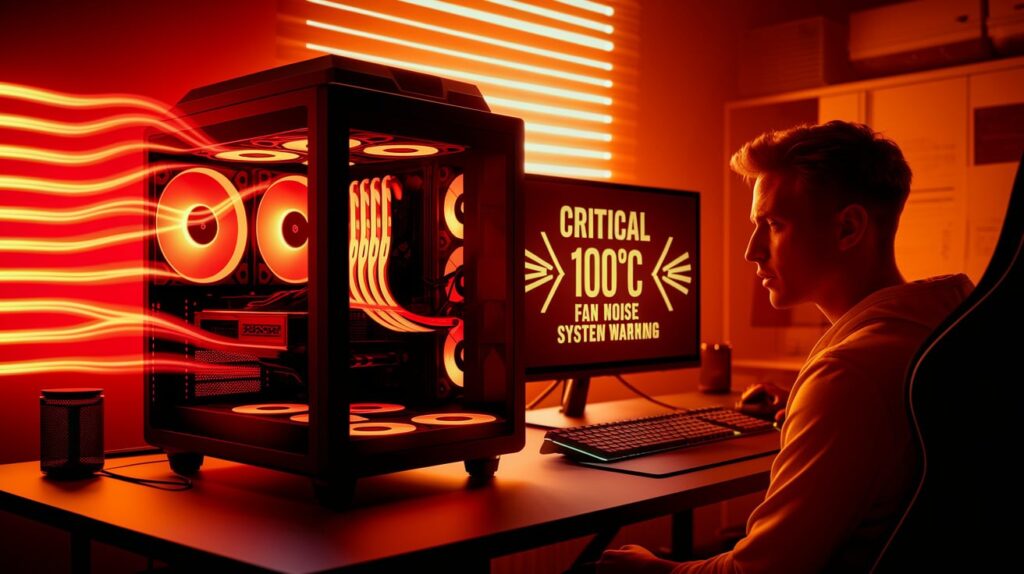
When your PC sounds like it’s preparing for takeoff during gaming sessions, that’s your cooling system working overtime.
Fans running at maximum speed constantly indicate that your components are generating excessive heat.
Your system may automatically reduce performance (throttling) to prevent damage, causing sudden performance drops. Prolonged exposure to high temperatures shortens component lifespan and can lead to permanent hardware failure, making good cooling essential for both performance and longevity.
4. Missing Out on New Features and Tech
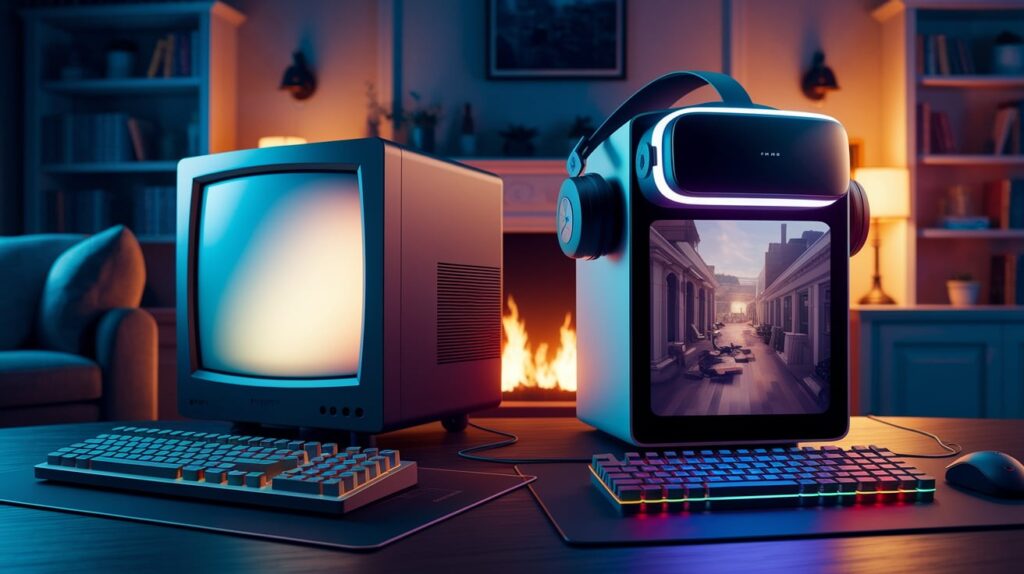
Older graphics cards lack support for technologies like ray tracing, which creates realistic lighting and reflections, or DLSS, which boosts performance without quality loss.
Many current-generation games and experiences require these features for optimal visuals. Virtual reality and 4K gaming demand significant processing power that aging systems simply can’t provide.
Even connecting newer gaming peripherals can become problematic, as outdated motherboards may lack compatible ports or wireless standards.
5. Frequent Crashes and System Instability
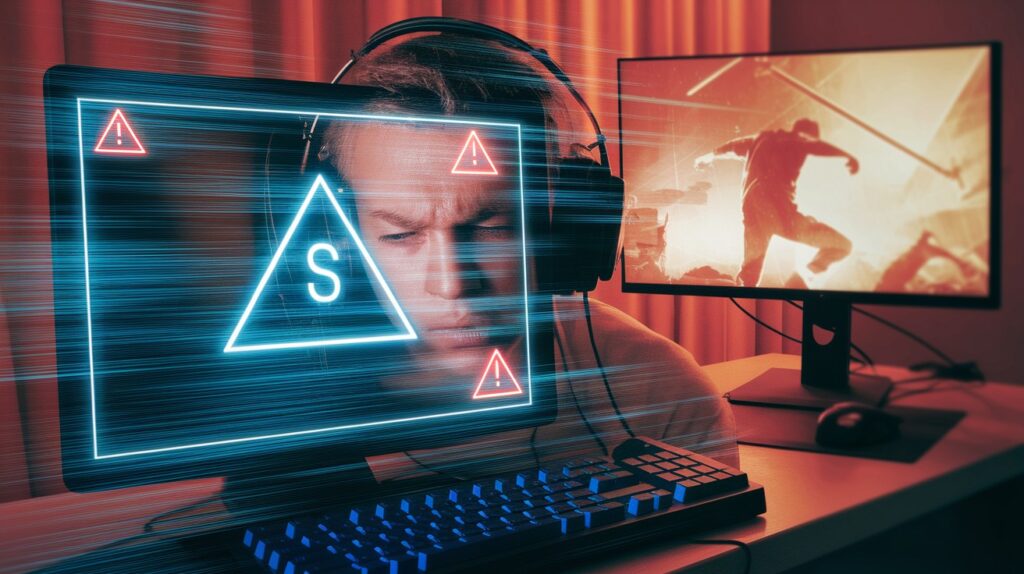
Random game freezes or crashes, returning you to the desktop, signals hardware that can’t handle the current demands.
These interruptions typically occur during graphically intense scenes when components are pushed to their limits.
System-wide failures like blue screens or automatic reboots often point to deeper issues with aging hardware under stress.
Outdated components may also create conflicts with newer game drivers and software updates, as developers optimize for current-generation hardware.
When troubleshooting and driver updates don’t solve these stability problems, it’s a strong indication that your core components need replacement.
Future-Proofing Your Next Upgrade
Smart upgrades today can save you money tomorrow. When selecting components, prioritize those with headroom beyond current game requirements.
CPUs with higher core counts and GPUs with more VRAM will remain capable longer as software demands increase.
Research technology roadmaps to avoid investing in soon-obsolete standards.
Consider what upcoming games you’re excited about and check their recommended (not minimum) specifications as your baseline.
This approach helps you build systems that remain strong through multiple game release cycles rather than meeting bare requirements now.
Cost-Effective Upgrade Options
|
Upgrade Type |
Benefits |
Cost Range |
Performance Impact |
|
GPU |
Immediate graphics improvement, higher frame rates |
$200-500 |
High – most noticeable for gaming |
|
RAM |
Better multitasking, smoother gameplay |
$50-150 |
Medium – crucial for newer titles |
|
SSD Storage |
Faster loading times, system responsiveness |
$60-150 |
Medium-High – transforms older systems |
|
CPU Cooler |
Reduced throttling, lower noise |
$30-80 |
Low-Medium – prevents performance drops |
|
Case Fans |
Better airflow, component longevity |
$10-50 |
Low – supports overall system health |
|
Power Supply |
Stability for new components |
$60-100 |
None directly – enables other upgrades |
Environmental and Energy Considerations
Older gaming hardware typically draws more power while delivering less performance, resulting in higher electricity bills and unnecessary environmental impact.
Modern components offer better performance-per-watt ratios, with current-generation GPUs and CPUs providing significant efficiency improvements over previous models.
Responsible disposal of outdated components is crucial. Many electronics retailers and manufacturers offer recycling programs for old hardware.
Components contain valuable materials that can be recovered, along with potentially harmful substances that shouldn’t enter landfills. Consider donating functional parts to school programs or computer clubs.
When selecting new components, look for those with strong energy efficiency ratings.
Compare TDP (Thermal Design Power) values between similar components, opt for 80 Plus certified power supplies (Gold or Platinum ratings for best efficiency), and consider hardware with effective sleep modes.
These choices reduce your carbon footprint while also lowering operating costs over the component’s lifetime.
Conclusion
Knowing when to upgrade your gaming PC isn’t just about chasing the newest tech-it’s about ensuring your gaming experience stays smooth and enjoyable.
The signs we’ve discussed, from poor performance to system instability, are your computer’s way of telling you it needs attention.
Remember, you don’t need to break the bank with a complete rebuild. Strategic upgrades to critical components can breathe new life into your system.
Take stock of what matters most in your gaming experience, whether that’s competitive performance, visual quality, or simply stable operation.
Then make informed choices based on your budget and needs. By focusing on value, considering environmental impact, and planning for future compatibility, you’ll create a gaming setup that serves you well for years to come.
Ready to get started? Your enhanced gaming experience is just an upgrade away!
Frequently Asked Questions
When should you upgrade a gaming PC?
Upgrade when you experience frequent performance issues, can’t run new games at acceptable settings, or when components are 3-5 years old.
What is the lifespan of a gaming PC?
A gaming PC typically lasts 4-6 years before needing significant upgrades, though high-end systems may remain capable longer.
How rare is a gamer girl?
Women make up about 45% of gamers globally according to recent studies, so female gamers are common, not rare.



